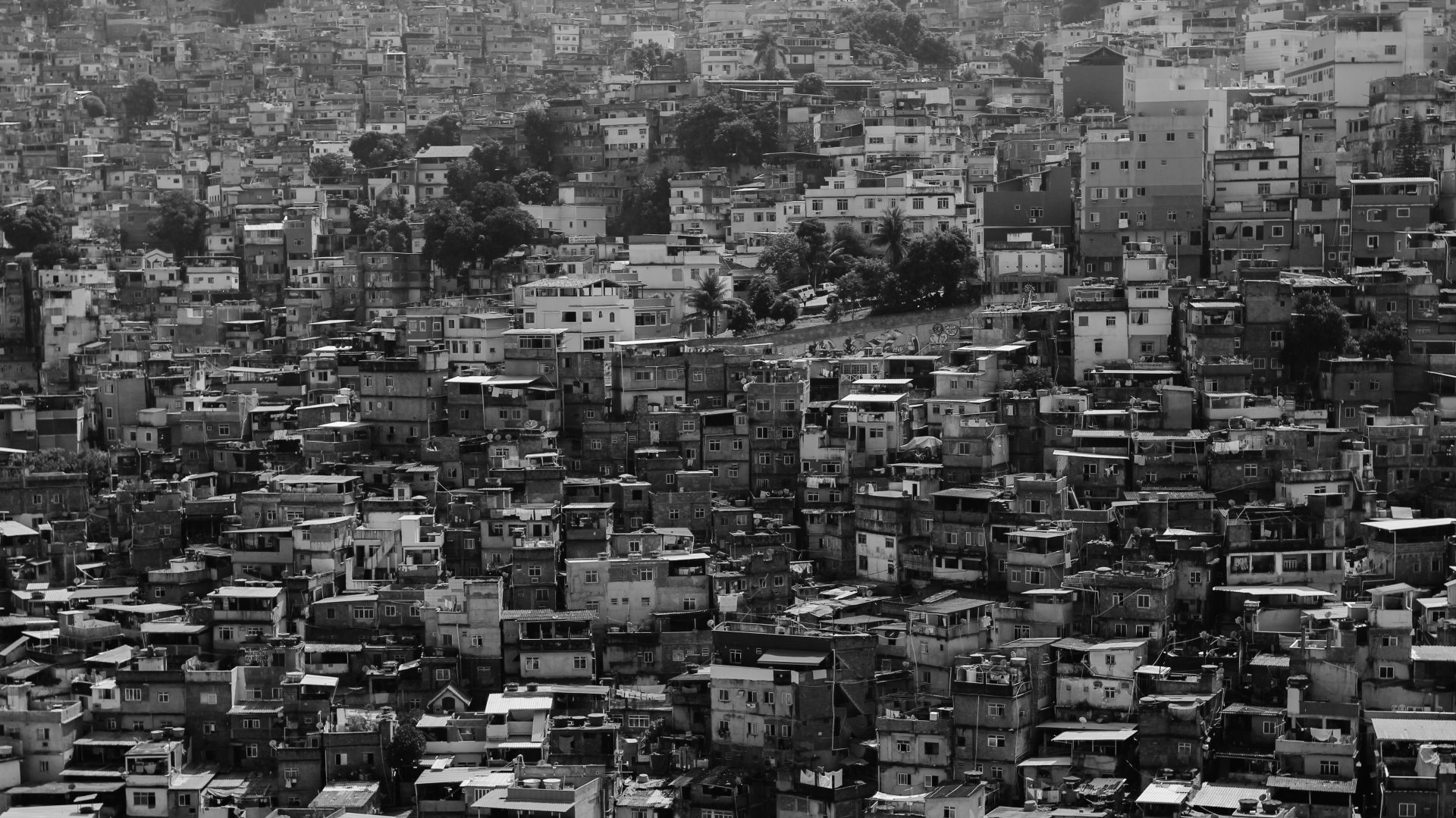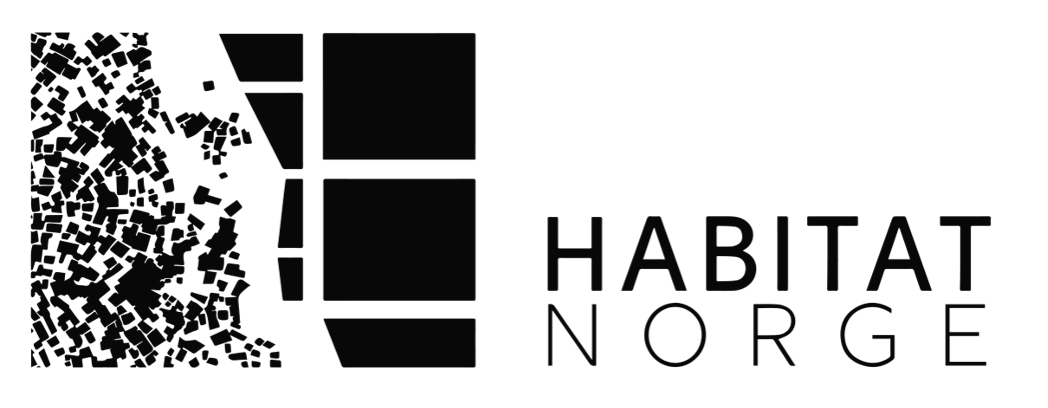Here follows Erik Berg’s short summing up from H3 based on questions from international media:
What was Habitat Norway’s (HN) experience of Habitat III(H3)? The H3 process represented a unique opportunity to lift the urban development discourse on all levels: globally, nationally, locally and individually. With it, both new and old stakeholders woke up to the increasing challenges of urbanization of poverty-. In Norway HN has used H3 to revitalize the urban discourse in constructive partnership with the Ministry of Foreign Affairs and NORAD.
In the history of UN conferences and summits popular participation has never been higher than for H3. The number of participants from the beginning of the planning process to the end is estimated to 100000. The Quito event alone drew 45000 registered and 35000 accredited individuals from 167 different countries. For HN, a minor advocacy and information organisation in a small country, it has been rewarding to promote and be part of this process. We have tapped it for new knowledge and policies and established contact with new networks and experts. NUA for HN represents a broad, updated and ambitious plan for sustainable urban development balancing the three e’s: equity, ecology and economy. The acceptance of the “Right to the City” – perspective in NUA has added further vigour to the agenda.
NUA’s Part C, “Follow up and review”, however, do not provide necessary tools nor resources to transform ambitions into reality. During negotiations this part was weakened. Neither new financial resources/mechanisms- the proposed “multi trust fund”- nor the “stakeholder panel” to link up with existing knowledge platforms, found way into the document. It remains to be seen if the agreed “evidence based and independent assessment” of UN Habitat will lead to a stronger Programme. It could put it up for grabs dividing its functions among other UN agencies.
The present financial situation looks rather similar to the one evolving after H2 in 1996 resulting in an organisational collapse. The whole global urban development architecture is now threatened by major member states‘ traditional reluctance to contribute to UN Habitat’s core budget. Repercuss-ions hit all major stakeholders. Face saving, last minute “bottle party” operations are not sufficient.
What can Habitat Norway do to contribute to the implementation of the New Urban Agenda? HN is a small organisation with limited financial resources. Our main asset is convening power domestically, regionally and globally. In Norway during the last ten months we have lifted the new urban discourse through three international conferences. All of high quality with expertise mainly from the global south. For the reports, see www.habitat-norge.no.In 2017 focusing on the NUA implications we will continue to involve and stimulate national and local government institutions, civil society-, academia-, business- and media-players. HN’s April Conference resulted in the “Oslo statement on the New Urban Agenda”. It has been widely disseminated also abroad and requires follow up.
HN has also stimulated 15 Norwegian private stakeholders to develop own positions on NUA. We will jointly promote implementation of NUA – “the Norwegian way” – by strengthening ties with partners in other Norwegian cities. Concluding on this point, one HN goal will also be to contribute to an urban “Local Agenda 21”- approach with each municipality analysing own challenges within the SDG and NUA contexts. And on this basis adopt an operational plan to be monitored and reported upon. Government’s Parliamentary Whitepaper on “City and town development”, to be launched early 2017, represents another challenge for HN. It needs to be internationalized. Seeing the global in the local and vice versa. We will try to advocate this perspective.
What lessons can we draw from Habitat III? Analyzing the process; it has been demonstrated that the UN has a vast, underutilized potential for universal, popular mobilization. That it through relevant mechanisms and structures can stimulate to innovative thinking and advocacy on almost all levels from the neighbourhood to the global. Member states’ ability and willingness to listen to global civil society and local government has partly been absent during H3. Political dynamism accordingly disappeared. The latter need a seat at the table. But entry points are opened for later dialogue.
HN has experienced that a myriad of civil society groups can work together within frameworks like the General Assembly of Partners. Although heavily New York based and funded, it has constructively lived through the process and generated contributions from many quarters. Its post Quito-life has not been well prepared. Several future occasions exist for discussions on how to consolidate. UN Habitat’s Governing Council in April is the first where formalisation to a more permanent global civil society superstructure could be adopted.
How will the new urban agenda impact Norwegian and Nordic cities? In the Nordic context NUA in many ways reflects an already existing “common wisdom”. Initiatives have since long – it is part of our post second world war tradition – been taken to meet challenges of urban ecology, economy and equity – the three e’s. Further operationalisation will depend on stable resource bases and predictable, long term governance. However, several challenges relevant for Nordic cities are not contained in NUA. For instance human settlements in the circumpolar North. Extreme weather, sea rise, temperature variations, thawing and erosion etc. will have huge impacts on physical infrastructure in difficult resilience conditions.
With 35 years in the Norwegian foreign service, I hope the H3 process would contribute to a stronger global involvement on the part of Nordic cities. New city to city partnerships need to be merged focusing on solutions reflecting transformation and adaptation – not one way transfers of technology. Our cities have a lot to learn from the South regarding local governance (participatory budgeting), transport systems (bus/air ) and meeting extreme weather conditions (adaptation).
What challenges will the Nordic cities be facing in the coming years? In a global development context Nordic cities have distinguished themselves in ecological sustainability. For instance ability to develop technical systems for district heating, water purification, regional handling of waste and recycling. However, regarding social sustainability unequal allocation of resources is growing rapidly in urban areas resulting in segregated districts. “Gated communities” are emerging in our cities. Posh apartments and houses function as mere investment objects rather than homes for everyday life .To exemplify: the life span difference between Oslo East and Oslo West is presently ten years and on the increase. The Nordic urban economy faces a number of life style illnesses. Obesity, alcoholism, drug use, loneliness and mental problems to mention a few. Privatisation of services has been prioritized to meet these challenges. They are close to irrelevant for people who cannot afford to be part of the market. In such contexts helping people to help themselves get started through national and municipal budget allocations is important. Grassroot self organization, partnerships between people’s organisations, local authorities and business is deeply embedded in the Nordic welfare model. The success concept lies in creating innovative approaches and local alliances. Bottom up solutions to maintain momentum are always important.
What was the “Who is aiding whom” arrangement and what did you learn from it? HN partnered this networking with three grassroot movements of the Global South based mainly in urban informal settlements: Slum Dwellers international, Women in Informal Employment: Globalizing and Organizing and Huairou Commission. The purpose was to look critically at official development assistance and its partnership delivery systems. We learnt that poverty oriented urban development assistance always has been miniscule. Down from 4% for the 1970- 2000 period to 2-4% for the period 2006-10 (Europe Aid/European Development Fund). Over the past five years (2011-14) assistance to promote gender equality through urban women’s rights organisations fell by more than half; from 1,2 to 0,5 % . Only 8% of all ODA to civil society went directly to groups in developing countries. The rest was channelled via overseas INGOs and NGOs with huge efficiency losses. (Source: Gendernet/The Observer). The latter’s relationship with grassroots was described as between a rider and a horse. The need for longer term capacity building was exemplified by SIDA’s Michael Atterhoegh based on his agencies experiences with SDI. The event concluded that closer and more regular dialogue between movements and donors is necessary to create mutual understanding. A premise is that donor agencies recognize the existence and potential of grassroot organisations with their own characteristics and rationalities. They are the closest we get to the “poorest of the poor” – the ultimate target group.


